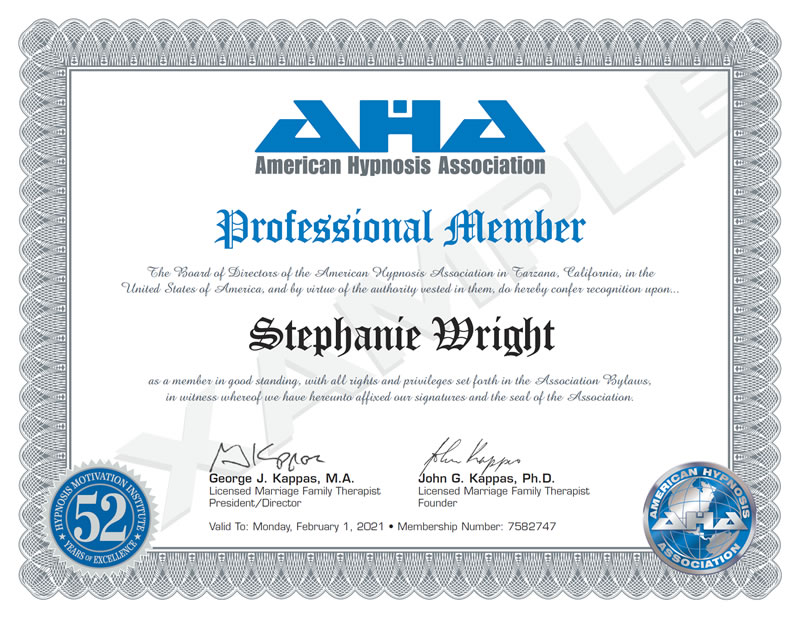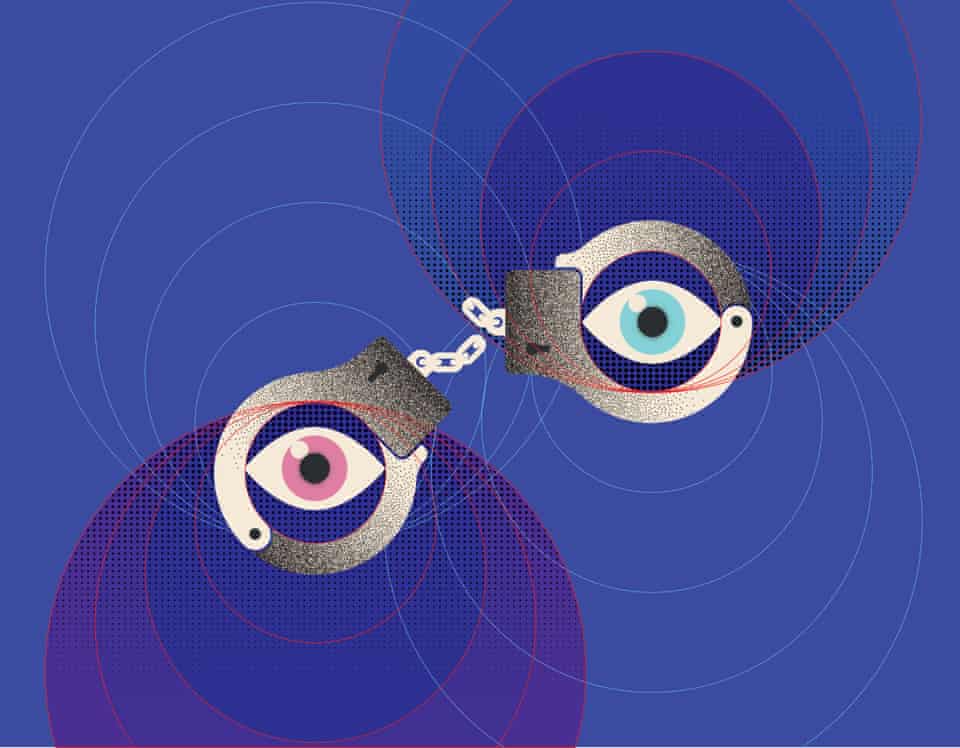
Pubmed is a repository of information on birth hypnosis. It also contains the results of various studies. You can also view articles that explain the benefits. This treatment can be used to ease symptoms during labor and delivery. Positive attitude is key to a successful delivery. This is because the process can help your partner to cope better with the difficult situation.
When used to help you relax during childbirth, birth hypnosis can greatly reduce the length of labor. First-time moms have reported a reduction of three hours on average, and a reduced length of labor altogether. This happens because the time is distorted in a woman’s brain during a session of hypnotic. Many mothers spend their time in labor peacefully, without having to take pain medications.

Research has shown that birth hypnosis can improve the comfort of a laboring woman. The process can be compared to daydreaming or becoming absorbed in a book. Hypnosis can help women feel relaxed and more confident during labor, according to those who have had it done. You use the power of suggestion to achieve this effect. As a mother, you use positive affirmations, suggestions and visualizations to calm your mind and body. Moreover, you can try self-hypnosis techniques if you prefer.
According to a study, women who were born hypnotized experienced fewer complications in labor and birth. Hypnobirth gave birth to a shorter stage of labour than was expected. Women who were hypnotized experienced fewer complications in the second stage. These results show that birth hypnosis can be helpful for moms to cope with intense pain during childbirth. You don't need to be worried if your body isn't perfect for a peaceful delivery.
While some women may benefit from hypnosis during the birth process, their partners play a vital role in supporting the mother. They support their partner during labor and act as a coach. Hypnosis may also be beneficial to the woman's companion. The partner can focus on the process by taking care. The baby's presence is safe, and they will feel at ease and relaxed throughout the whole process.

Although birth hypnosis has many benefits, they are not well-proven. A study by the HypnoBirthing Institute showed that women who took self-hypnosis during their childbirth had fewer medical interventions. However, the study was not peer-reviewed, so there is a potential bias in the results. The self-hypnosis class may help parents feel more comfortable that the technique is good for their baby.
FAQ
Is being cold good for your immune system.
Cold makes you weaker because you have less white blood cells to fight infection. Being cold can make you feel more comfortable because your brain releases endorphins which help reduce pain.
How can you live your best life every day?
It is important to identify what makes you happy. Once you are clear about what makes you happy and satisfied, you can move on to the next step. You can also inquire about the lives of others.
You can also read books by Wayne Dyer, such as "How to Live Your Best Life". He discusses finding happiness and fulfillment throughout our lives.
What is the healthiest lifestyle to life?
Healthy lifestyles include eating healthy food, regular exercise, good sleep, and avoiding stress. You will live a long and happy life if you adhere to these guidelines.
Small changes to your diet or exercise routine can help you start losing weight. If you're looking to lose weight, walk for 30 minutes each morning. Or, if you want to get more active, take up swimming or dancing. A Fitbit or Strava online program that tracks your activity can be joined.
Statistics
- According to the 2020 Dietary Guidelines for Americans, a balanced diet high in fruits and vegetables, lean protein, low-fat dairy and whole grains is needed for optimal energy. (mayoclinichealthsystem.org)
- In both adults and children, the intake of free sugars should be reduced to less than 10% of total energy intake. (who.int)
- This article received 11 testimonials and 86% of readers who voted found it helpful, earning it our reader-approved status. (wikihow.com)
- WHO recommends consuming less than 5% of total energy intake for additional health benefits. (who.int)
External Links
How To
What does the "vitamins” word mean?
Vitamins are organic compounds found naturally in food. Vitamins are essential for our bodies to absorb nutrients from the foods we eat. Vitamins cannot be produced by the body. They must be acquired from food.
There are two types of vitamins: water soluble and fat soluble. Water soluble vitamins dissolve easily in water. You can find vitamin C,B1 or thiamine, B2 or riboflavin and B3 or niacin, B3/niacin, B6/pyridoxine, folic Acid, biotin and pantothenic Acid as examples. Fat-soluble vitamins are stored in the liver, fatty tissue and kidneys. Examples include vitamin D, E, K, A, and beta carotene.
Vitamins are classified based on their biological activity. There are eight major categories of vitamins.
-
A - Essential for healthy growth and health maintenance.
-
C - vital for proper nerve function, and energy production.
-
D - Vital for healthy bones and teeth
-
E - Required for good vision & reproduction
-
K - Essential for healthy muscles and nerves.
-
P – vital for building strong bones.
-
Q - Aids digestion and iron absorption
-
R – Required for the formation of red blood vessels.
The recommended daily allowance for vitamins (RDA) varies based on gender, age, and physical conditions. The U.S. Food and Drug Administration, (FDA), sets the RDA value.
For example, the RDA for vitamin A is 400 micrograms per dayfor adults 19 years or older. However, pregnant women need 600 micrograms per day because it is important for fetal development. Children ages 1-8 require 900 micrograms per day. Children under 1 year old require 700 micrograms daily, while infants over one year old need 500 micrograms every day. This decreases between 9 and 12 months.
Children aged between 1-18 years require 800 micrograms of sugar per day, while overweight children need 1000 micrograms. Children who are underweight receive 1200 micrograms every day to meet their nutritional requirements.
Children aged 4-8 years old who have been diagnosed as having anemia require 2200 micrograms of vitamin C per day.
2000 micrograms per person is necessary for general health. Women who are pregnant or breastfeeding need 3000 micrograms per day due to increased nutrient requirements.
1500 micrograms are required daily by adults over 70 because they lose approximately 10% of their muscle each decade.
Women who are pregnant or lactating need more than the RDA. Pregnant and breastfeeding women require 4000 micrograms each day during pregnancy and 2500 Micrograms each day after delivery. Breastfeeding mothers need to consume 5000 micrograms every day when breastmilk has been produced.